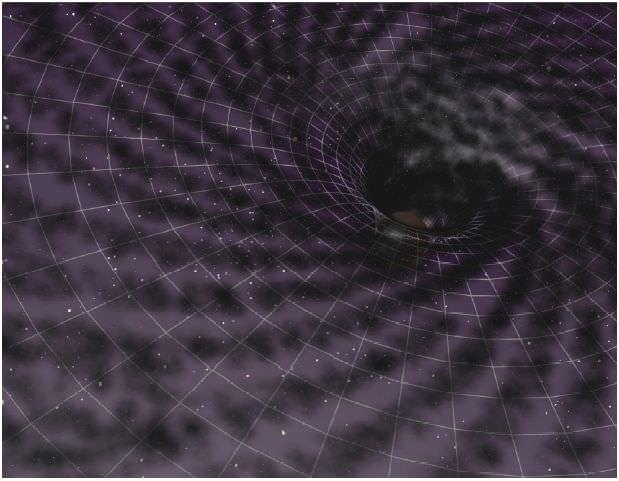There’s the common notion that black holes suck in everything in the nearby vicinity by exerting a strong gravitational influence on the matter, energy, and space surrounding them. But astronomers have found that the dark matter around black holes might be a different story. Somehow dark matter resists ‘assimilation’ into a black hole.
About 23% of the Universe is made up of mysterious dark matter, invisible material only detected through its gravitational influence on its surroundings. In the early Universe clumps of dark matter are thought to have attracted gas, which then coalesced into stars that eventually assembled the galaxies we see today. In their efforts to understand galaxy formation and evolution, astronomers have spent a good deal of time attempting to simulate the build up of dark matter in these objects.
